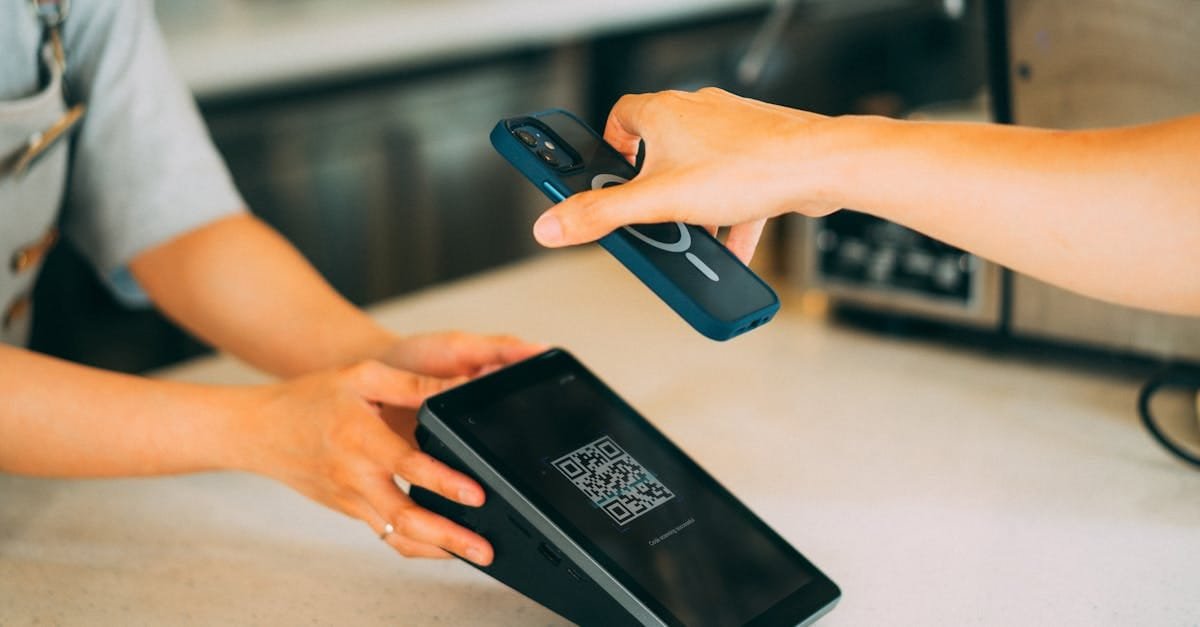Transforming Global Delivery: Innovations in Shared Services
Let’s be real for a second. Have you ever felt like shared services are stuck in the past? Like we’re just ticking boxes instead of pushing boundaries? If you’re shaking your head yes, you’re in good company. The shared services landscape is changing, and it’s high time we discuss how to evolve alongside it. Let’s dive into the innovations that are shaking things up and making shared services more relevant than ever. The State of Shared Services Today Before we jump to solutions, let’s take a hard look at where we currently stand. Shared services have historically been viewed as a way to reduce costs. But here’s the kicker: it’s about much more than that. It’s about value, efficiency, and alignment with the core business strategy. Are you feeling the pressure to reduce costs while improving quality? Are your teams stretched thin juggling operational tasks? Is your technology outdated and a barrier rather than an enabler? Those questions don’t just scrape the surface; they hit home for leaders trying to navigate the maze of transformation. Why Transform? The Impact is Clear Transformation isn’t just a trendy buzzword—it’s a critical need in shared services. Think of it like this: Business agility: Companies are running at breakneck speed, and shared services need to keep pace. Customer experience: A smooth interaction can sell your brand—make it count at every touchpoint. Data insights: Decisions should be data-driven, not gut feelings. The world is hungry for efficiency. And guess what? Customer expectations are skyrocketing. If we’re not ready to adapt, we’ll find ourselves left behind. Innovative Practices in Shared Services Transformation Let’s break it down to what’s actually working. 1. Embracing Digital Tools So, are you still using spreadsheets for everything? Digital tools can streamline processes like it’s nobody’s business. From robotic process automation (RPA) to cognitive services, the tech options are vast. And the best part? These tools free up your employees to focus on strategic tasks that create value. No more bogged down in administrative skin-deep responsibilities. 2. Shift to Agile Methodologies Agility isn’t just for software developers. It’s for shared services too. Picture this: Cross-functional teams that can pivot as project requirements change. Speedy responses to issues as they arise. A culture of continuous improvement, not one-and-done solutions. This approach not only enhances team morale, but it also delivers better outcomes for the business. It’s a win-win. 3. Customer-Centric Mindset We often talk about internal efficiencies, but let’s not forget the end users. Think about it—how can we improve our services if we don’t understand our customers’ needs? Regular feedback loops, personalized interactions, and client-focused service designs can all position your shared services as a powerhouse of customer satisfaction. Process Optimization is Non-Negotiable No one enjoys a convoluted process. It’s like trying to find your way out of a corn maze. Taking a critical look at every process in your shared services can yield opportunities for improvement. Try these steps: Mapping current processes: Lay everything out, start to finish. Identifying bottlenecks: What’s slowing you down—technology, team structure, or something else? Engaging teams: Involve everyone in brainstorming solutions; you’ll get varied perspectives. When you optimize processes, you save time and costs and, more importantly, boost team satisfaction. Leveraging Data for Informed Decisions Data is your best friend. Without the right metrics, how can you gauge success? Using analytics can help you identify key performance indicators (KPIs) that align with business goals. Simple stats can show you where things are working well—and where they aren’t. Create dashboards that team members can easily access. Ensure real-time tracking of service delivery. Most importantly, encourage a data-driven culture where every decision is backed by facts. 4. Building Learning and Development Programs Your team is your most valuable asset. Investing in their growth is a no-brainer. Implementing training programs—not just one-off sessions but ongoing learning—can add a lot of value to your shared services. Encourage skill-sharing within teams. Flexible learning pathways so everyone can learn at their own pace. Mentorship opportunities for deeper learning experiences. It’s about creating a culture where continuous development is the norm, not the exception. Establishing a Strong Communication Framework How often do teams struggle with miscommunication? Way too often, right? Fostering clear communication channels can reduce misunderstandings and enhance collaboration. Here’s how: Use collaborative tools like Slack or Microsoft Teams for day-to-day communication. Hold regular check-ins, so no one feels out of the loop. Document everything—clear processes lead to consistency. Building the Right Culture Your company culture affects everything from productivity to innovation. In shared services, we need a culture that embraces change, values ideas, and encourages risk-taking. Recognize and reward contributions from all team members. Make space for brainstorming and encourage creative solutions. Create an environment of trust where everyone feels safe voicing their opinions. This kind of culture doesn’t just enhance teamwork; it fosters a sense of belonging. The Future of Shared Services The shared services landscape will continue to change, but one thing is clear: transformation is non-negotiable. Don’t just ride the wave; be part of it. Whether it’s adopting new technologies or refining your processes, the goal is to enhance operations and deliver real value. If you’re interested in diving deeper into trends and leadership in this space, I highly recommend checking out THEGBSESGE blog, a fantastic resource started by Vikrant Aglawe, who brings over two decades of experience in outsourcing and offshoring. You’ll find valuable insights that can help you navigate these transformations. Let’s not just talk about innovation—let’s make it happen. Remember, you’re not just transforming shared services; you’re paving the way for a more efficient, customer-focused organization. If you ask me, that’s the true essence of shared services transformation. Get after it!
Transforming Global Delivery: Innovations in Shared Services Read More »


